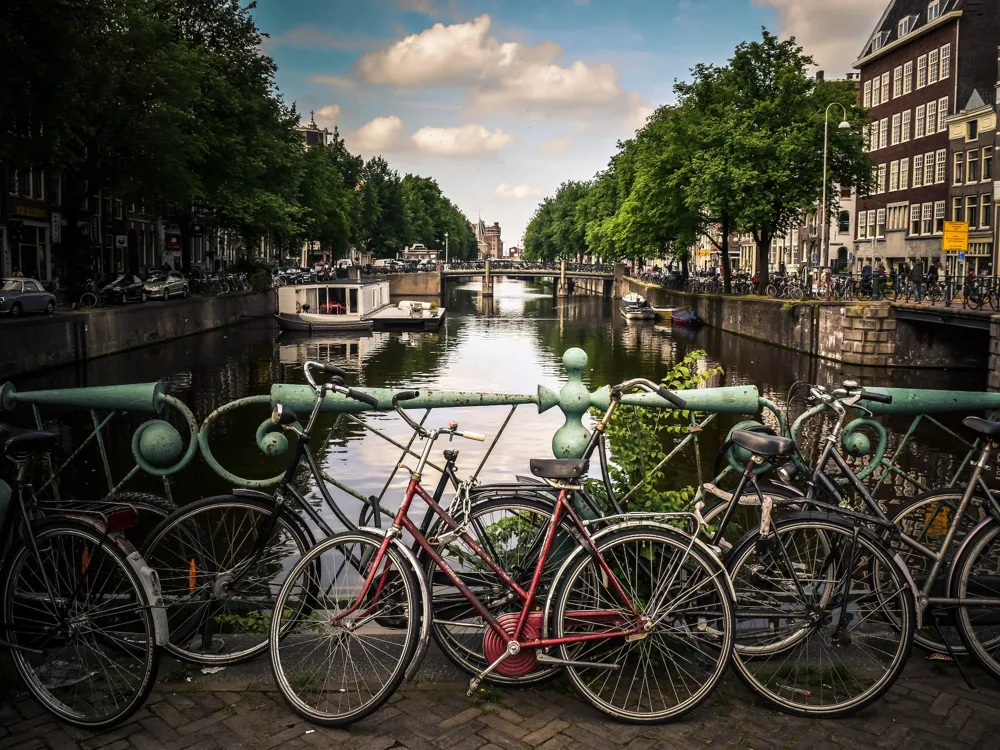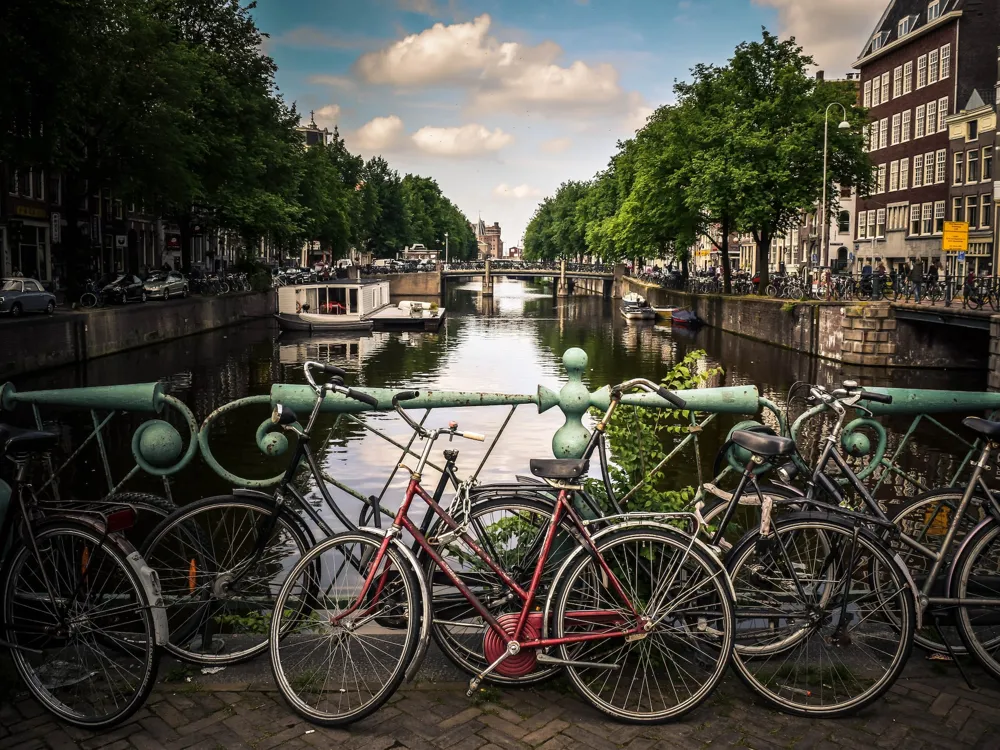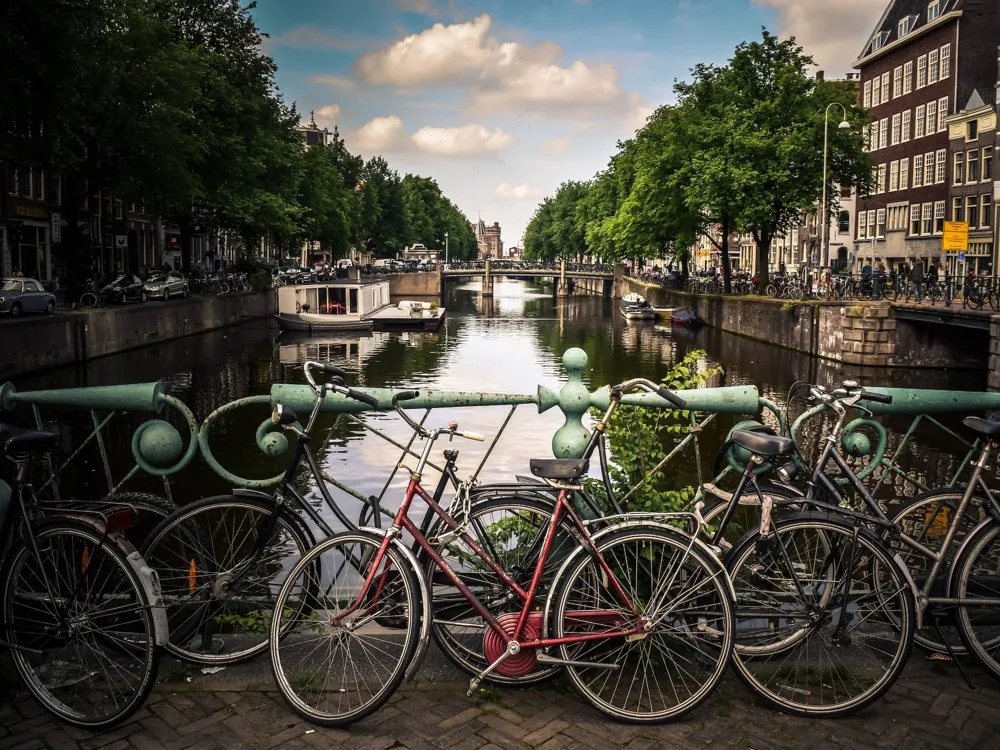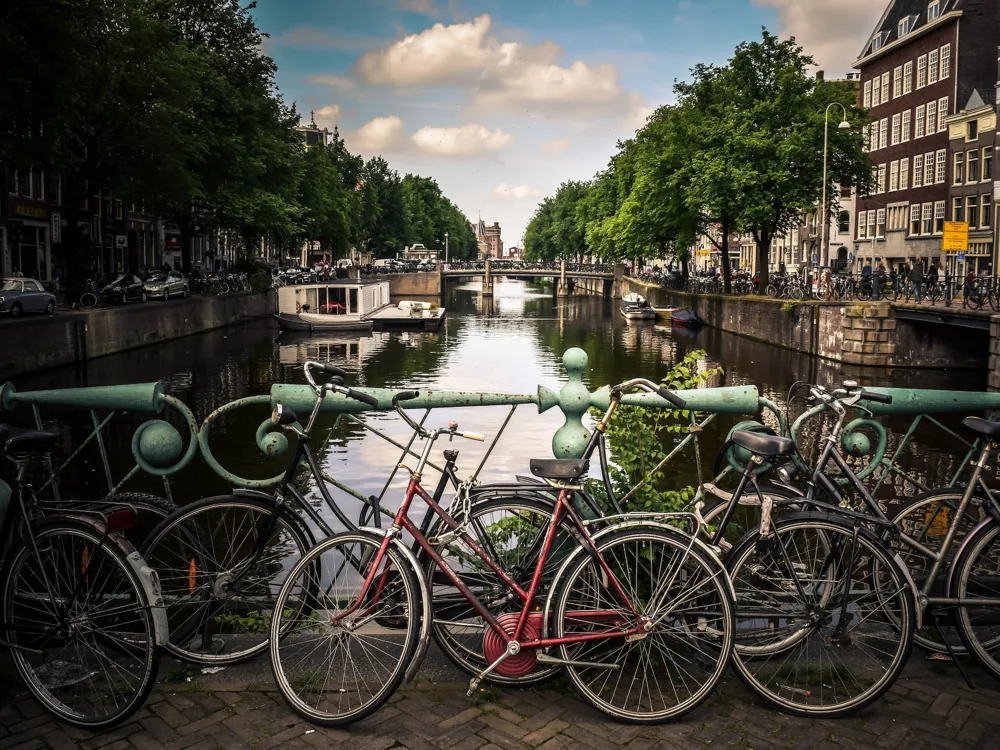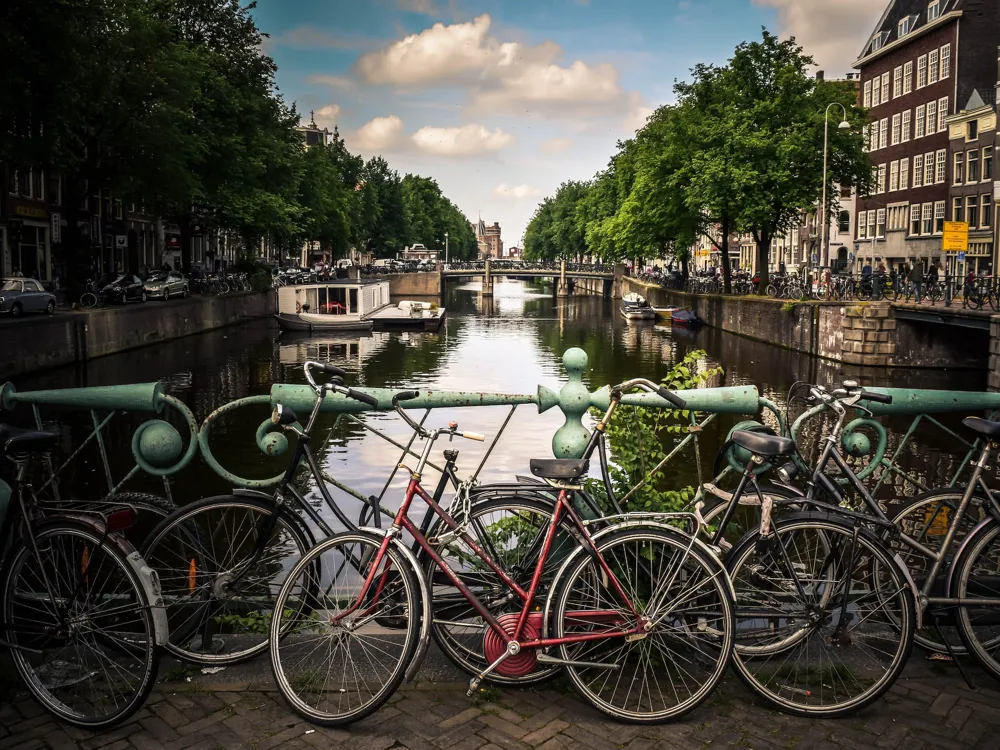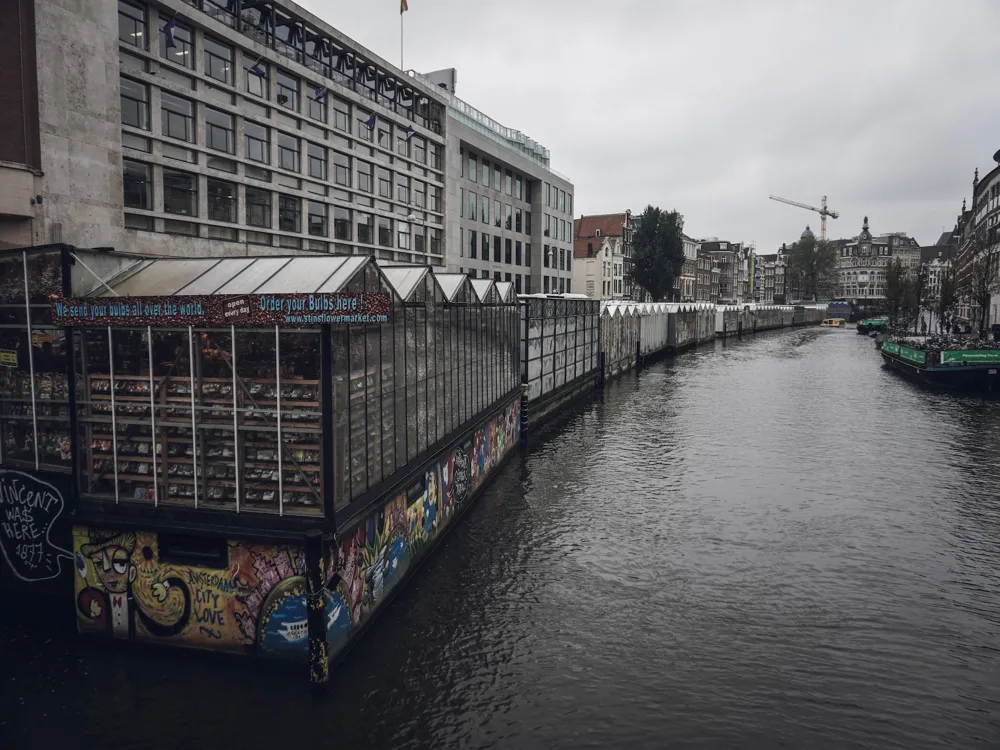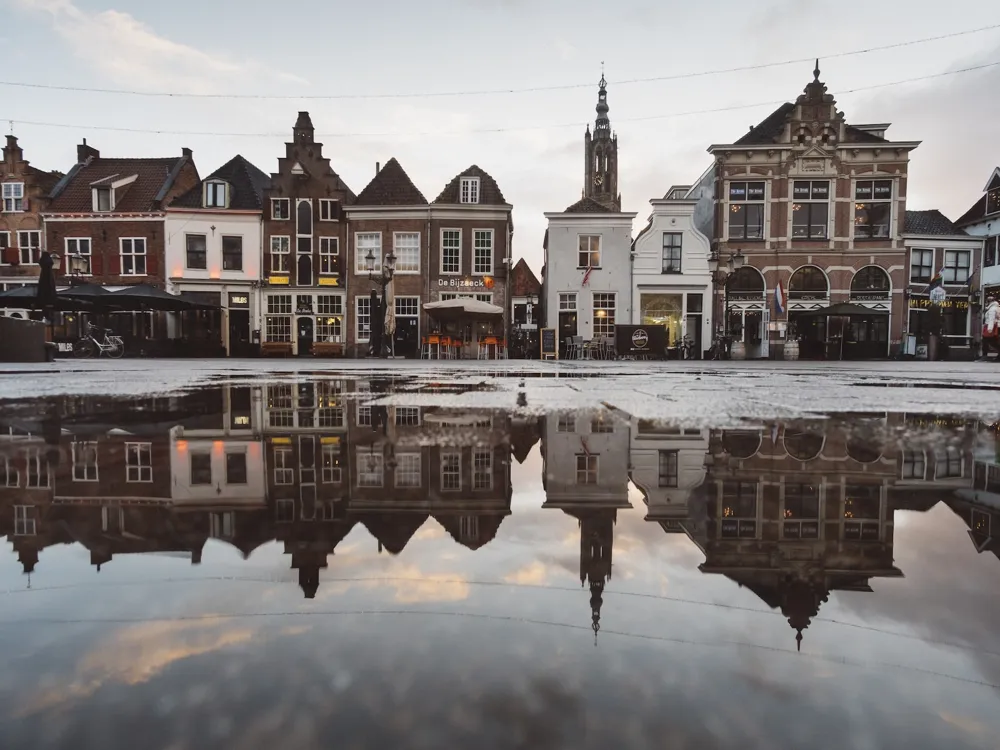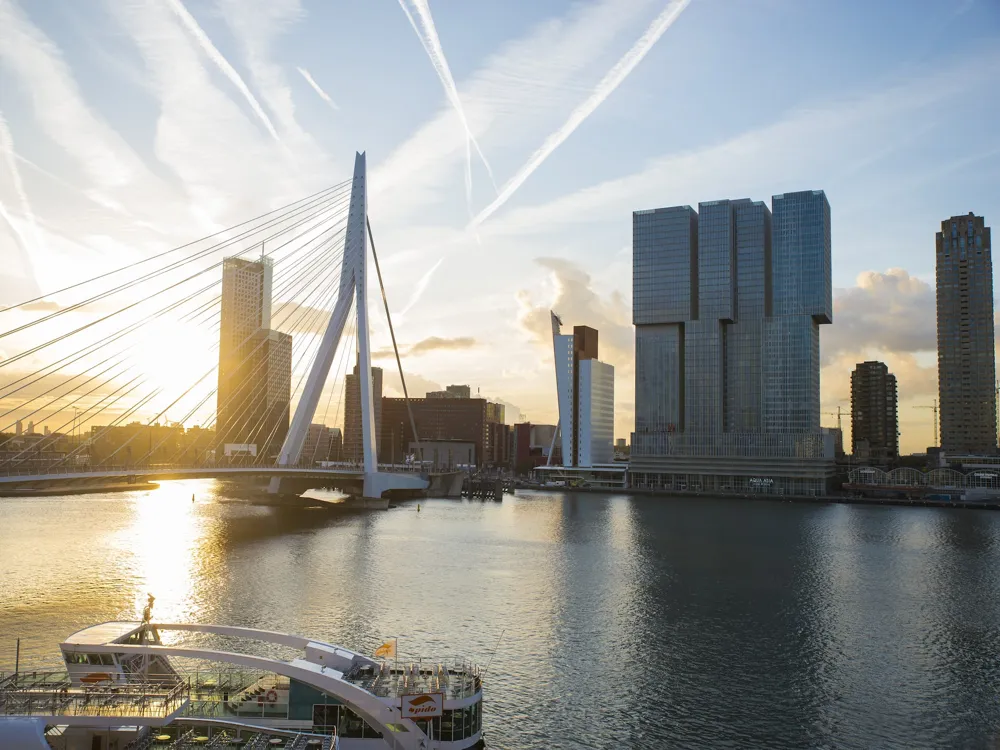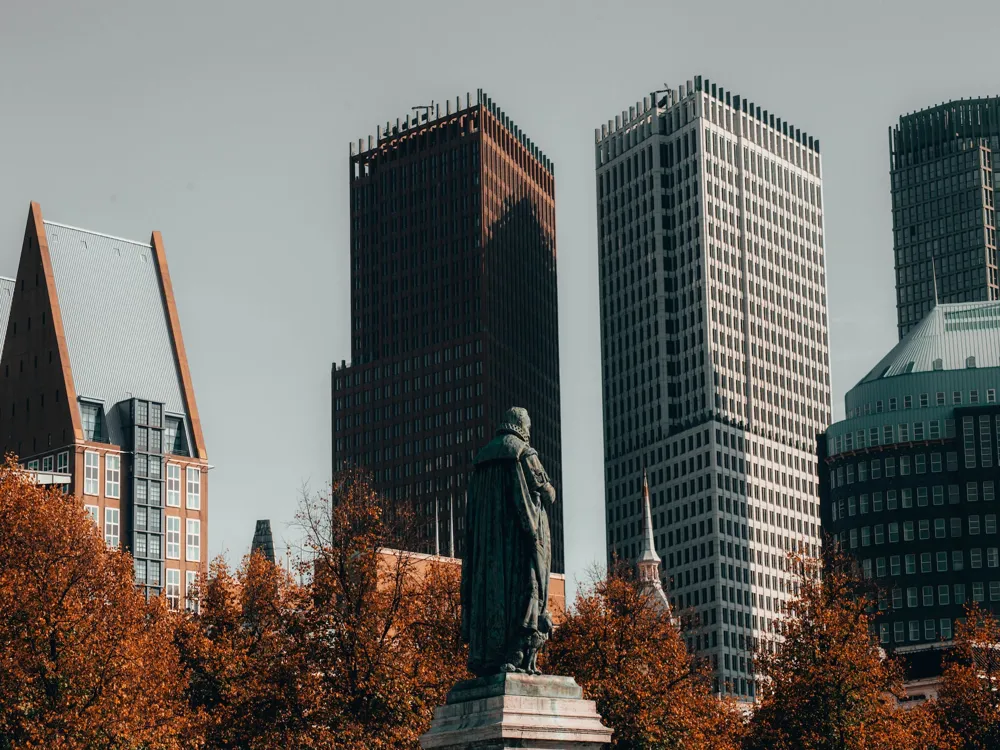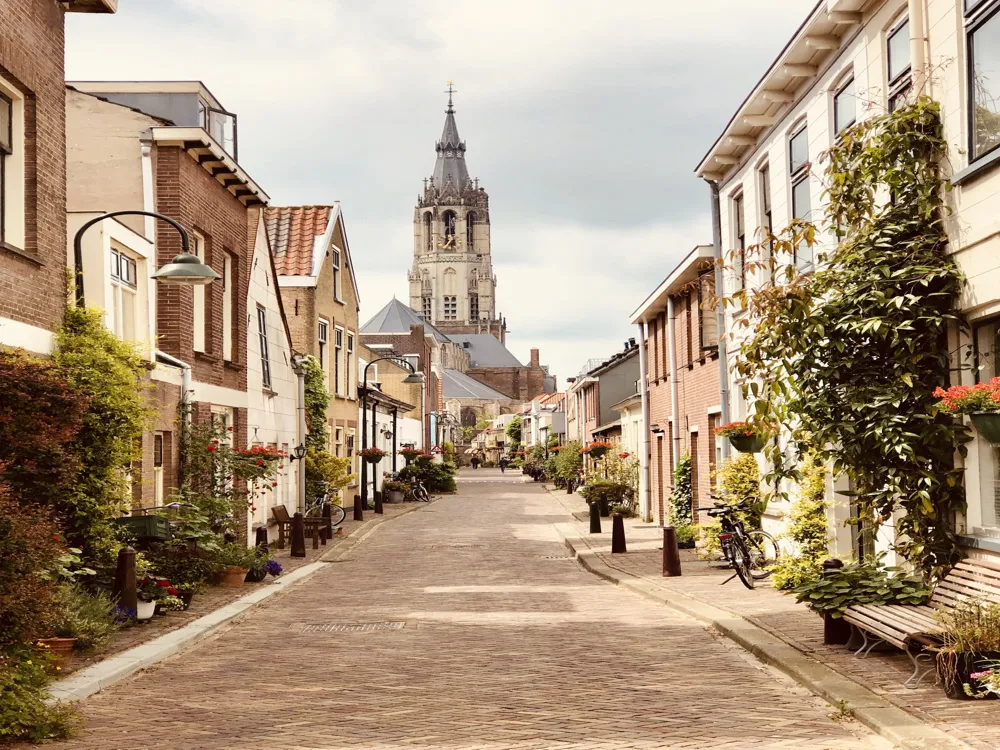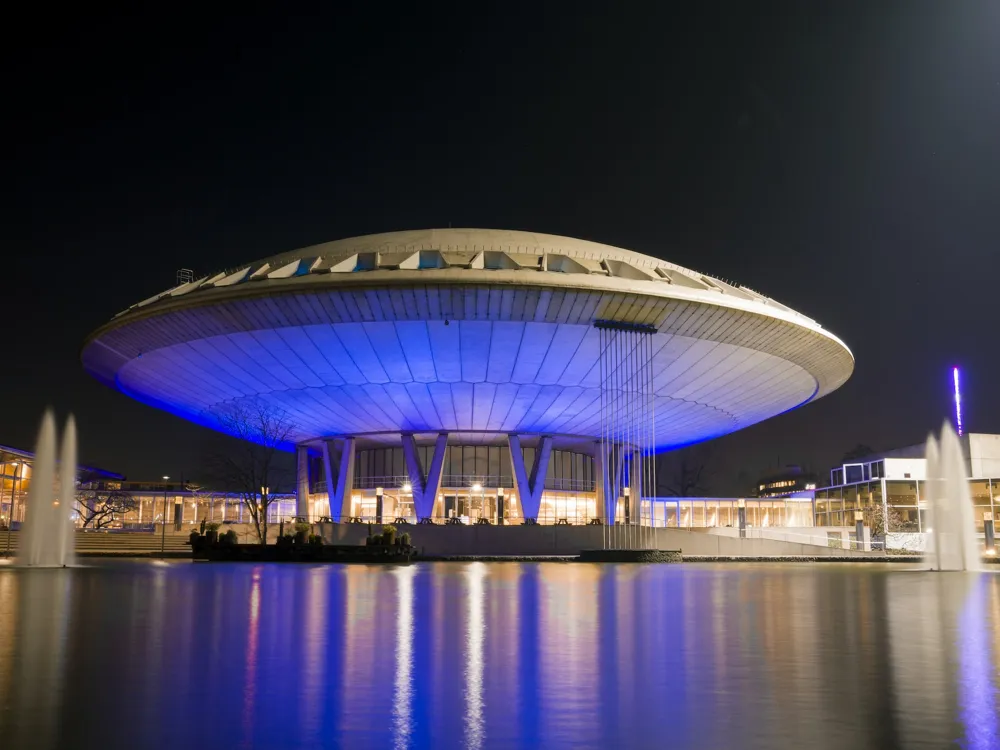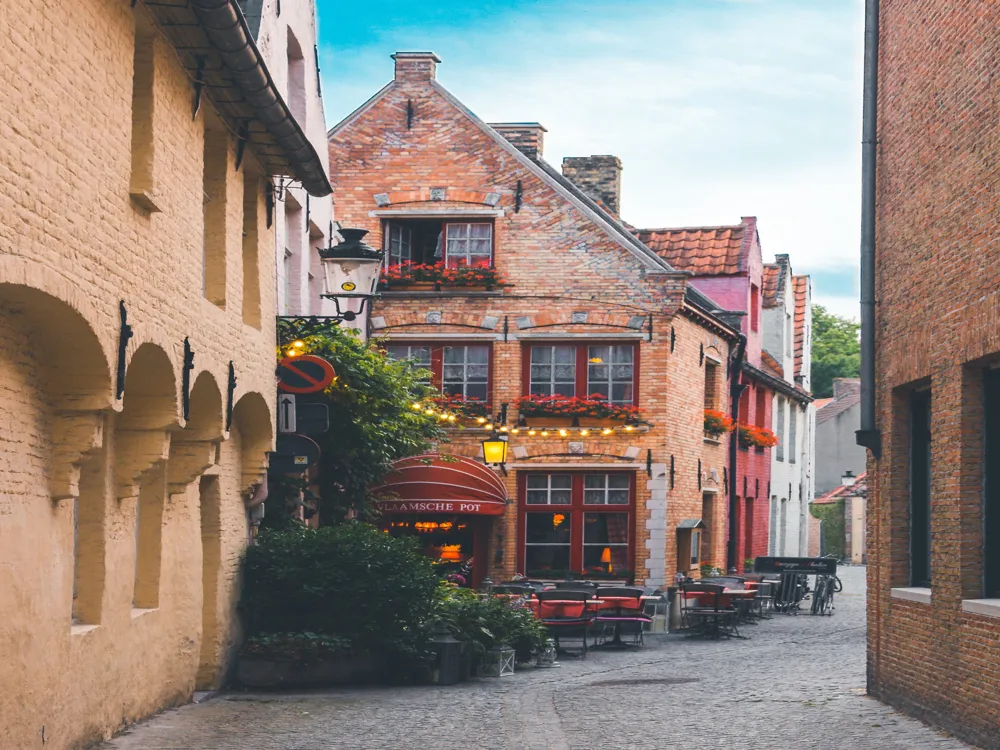Westerkerk, an emblematic structure in the heart of Amsterdam, stands as a testament to the city's rich history and architectural grandeur. Built in the early 17th century, during the Dutch Golden Age, this church is not only a place of worship but also a symbol of the cultural and historical fabric of Amsterdam. It is renowned for its striking architecture, its historical significance, and its role in the religious and social life of the city. The church's history is intertwined with the history of Amsterdam itself. Constructed between 1620 and 1631, Westerkerk was designed by the famous Dutch architect Hendrick de Keyser, who is celebrated for his role in shaping Dutch Renaissance architecture. The church was built to accommodate the growing population of the city during a time of prosperity and cultural flourishing. Over the centuries, it has witnessed numerous historical events and has been a silent observer to the evolution of Amsterdam. Westerkerk's architecture is a prime example of Dutch Renaissance style, characterized by its harmonious proportions, the use of brick as a primary material, and intricate decorative elements. The church's towering spire, known as the Westertoren, is one of the highest in Amsterdam and offers breathtaking views of the city. The interior of the church is equally impressive, with its spacious layout, grand organ, and beautifully crafted wooden pews. The church also holds a special place in the hearts of art enthusiasts, as it is the final resting place of the renowned painter Rembrandt van Rijn. Today, Westerkerk remains an active place of worship and a major tourist attraction. Visitors are drawn to its architectural beauty, historical significance, and the serene atmosphere that pervades its walls. The church hosts regular services, concerts, and cultural events, making it a vibrant part of Amsterdam's cultural scene. The architecture of Westerkerk is a magnificent representation of Dutch Renaissance style, marked by its elegance, symmetry, and the use of traditional materials. The church's design reflects the architectural trends of the 17th century, combining both religious and secular elements, which was typical of Dutch Protestant churches of the time. The most striking feature of Westerkerk is its magnificent tower, the Westertoren. Standing at 85 meters tall, it is not only a significant landmark in Amsterdam but also a masterpiece of architectural design. The tower is adorned with a beautiful crown, which was added in 1638 and symbolizes the power and influence of Amsterdam during the Dutch Golden Age. The tower's carillon, composed of 50 bells, adds a musical dimension to the church, with its melodies resonating throughout the surrounding neighborhoods. The interior of Westerkerk is equally impressive. The church's layout is based on a basilica plan, with a central nave flanked by aisles. The interior space is vast and open, creating a sense of awe and reverence. The grand organ of Westerkerk is a highlight, known for its rich sound and artistic decorations. The church's stained glass windows, though few, are beautifully crafted, allowing natural light to fill the space and create a serene ambiance. The church is also home to various artworks and historical objects, including the tombstone of Rembrandt van Rijn. The combination of art, history, and architecture makes Westerkerk a unique and compelling destination for visitors and architecture enthusiasts. The best time to visit Westerkerk is during the spring and early summer months when Amsterdam enjoys pleasant weather. Visiting on weekdays can help avoid the crowds that are common on weekends. While there is no strict dress code, it is recommended to dress modestly out of respect for the church's religious nature. Visitors should also maintain a quiet demeanor to not disturb worshippers or other visitors. The Westertoren offers guided tours, providing a unique opportunity to enjoy panoramic views of Amsterdam. These tours are usually available from April to October and have limited spots, so booking in advance is advisable. Photography is generally allowed inside Westerkerk, but it is important to check for any specific restrictions, especially during services or special events. Westerkerk is accessible to visitors with mobility issues, although some areas, like the tower, may not be fully accessible. It's best to check in advance for specific accessibility information. Westerkerk is conveniently located in central Amsterdam, making it easily accessible by various modes of transportation. The nearest tram stop is Westermarkt, which is serviced by several tram lines connecting different parts of the city. For those preferring to cycle, Amsterdam's extensive bike lane network makes it a pleasant and easy ride to the church. There is limited parking available for cars, so using public transportation is recommended. Additionally, the church is within walking distance from many central locations in Amsterdam, including the Anne Frank House and the Jordaan district. Read More:Overview of Westerkerk in Amsterdam
Architecture of Westerkerk
Tips When Visiting Westerkerk
Best Time to Visit
Dress Code and Etiquette
Touring the Tower
Photography
Accessibility
How to Reach Westerkerk
Westerkerk
Amsterdam
₹ 37,193 onwards
View amsterdam Packages
Weather :
Tags : Church & Cathedral
Timings : Monday - Saturday: 10:00 AM – 3:00 PM
Closed on Sundays
Time Required : 1 hour
Entry Fee : Free of Cost; Tickets only for the Tower
Planning a Trip? Ask Your Question
Amsterdam Travel Packages
View All Packages For Amsterdam
Top Hotel Collections for Amsterdam

Private Pool

Luxury Hotels

5-Star Hotels

Pet Friendly
Top Hotels Near Amsterdam
Other Top Ranking Places In Amsterdam
View All Places To Visit In amsterdam
Faq on Amsterdam
What is Westerkerk Amsterdam famous for?
Westerkerk Amsterdam is famous for its stunning architecture, historical significance, and being the burial place of Rembrandt.
Can you climb the Westerkerk tower?
Yes, visitors can climb the Westerkerk tower for panoramic views of Amsterdam. However, please note that climbing the tower is subject to certain opening hours and weather conditions.
Is there an entrance fee to visit Westerkerk Amsterdam?
Yes, there is an entrance fee to visit the Westerkerk, which helps with the maintenance and preservation of the historic building.
What are the opening hours of Westerkerk Amsterdam?
The opening hours of Westerkerk Amsterdam vary depending on the season. It is generally open to visitors during certain hours each day, but it's best to check the official website for the most up-to-date information.
Can you attend services at Westerkerk Amsterdam?
Yes, Westerkerk Amsterdam holds regular services that are open to the public. Visitors are welcome to attend these services and experience the rich religious heritage of the church.
View amsterdam Packages
Weather :
Tags : Church & Cathedral
Timings : Monday - Saturday: 10:00 AM – 3:00 PM
Closed on Sundays
Time Required : 1 hour
Entry Fee : Free of Cost; Tickets only for the Tower
Planning a Trip? Ask Your Question
Amsterdam Travel Packages
View All Packages For Amsterdam
Top Hotel Collections for Amsterdam

Private Pool

Luxury Hotels

5-Star Hotels

Pet Friendly
Top Hotels Near Amsterdam
Other Top Ranking Places In Amsterdam
Faq on Amsterdam
What is Westerkerk Amsterdam famous for?
Westerkerk Amsterdam is famous for its stunning architecture, historical significance, and being the burial place of Rembrandt.
Can you climb the Westerkerk tower?
Yes, visitors can climb the Westerkerk tower for panoramic views of Amsterdam. However, please note that climbing the tower is subject to certain opening hours and weather conditions.
Is there an entrance fee to visit Westerkerk Amsterdam?
Yes, there is an entrance fee to visit the Westerkerk, which helps with the maintenance and preservation of the historic building.
What are the opening hours of Westerkerk Amsterdam?
The opening hours of Westerkerk Amsterdam vary depending on the season. It is generally open to visitors during certain hours each day, but it's best to check the official website for the most up-to-date information.
Can you attend services at Westerkerk Amsterdam?
Yes, Westerkerk Amsterdam holds regular services that are open to the public. Visitors are welcome to attend these services and experience the rich religious heritage of the church.







